|
How cork is made
Making technical corks - part 2 of an illustrated guide to the cork production process

Some cork planks
are too think to have natural corks punched from them. So these are
sliced into thin strips, which are then used to make discs of
natural cork. These are used to make either Champagne corks, or
technical corks known as one-plus-ones: a cylinder of agglomerate
cork with a disc of natural cork at each end.
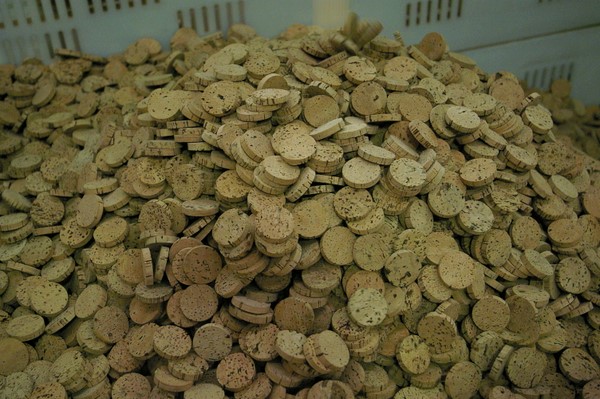
These are the
discs. They are the portion of the cork in contact with wine (in the
case of one-plus-ones) or Champagne. These pictures were taken at
Amorim's plant in Coruche, Portugal. The Amorim one-plus-one is
called the Twin Top. First produced in the mid-1990s, it has been
hugely successful, providing a good quality cork at an attractive
price.
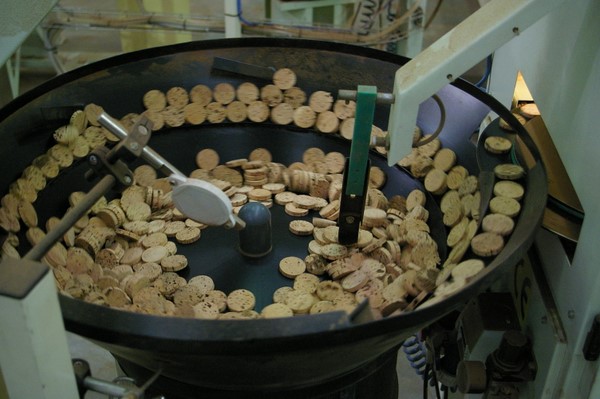
The discs are
sorted optically.
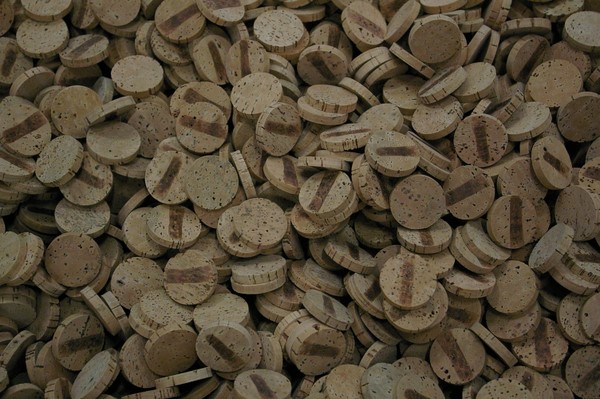
And then they are
marked using heat on the least good side, which is the end that will
be glued to the agglomerate portion of the cork.
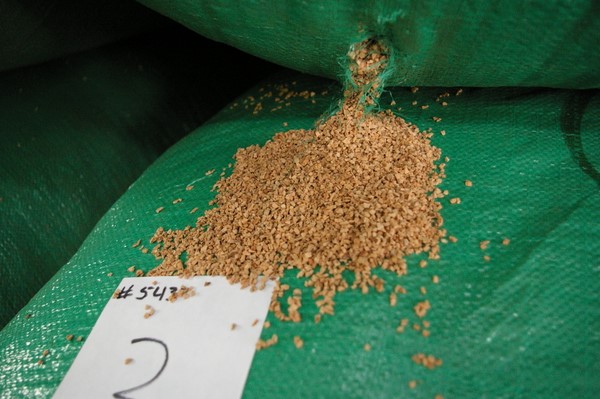
The agglomerate
portion of the cork is made up of what would otherwise be waste
cork, ground up into 5-8 mm granules. These granules are then
cleaned using a steam process, which removes about 80% of any TCA
present.
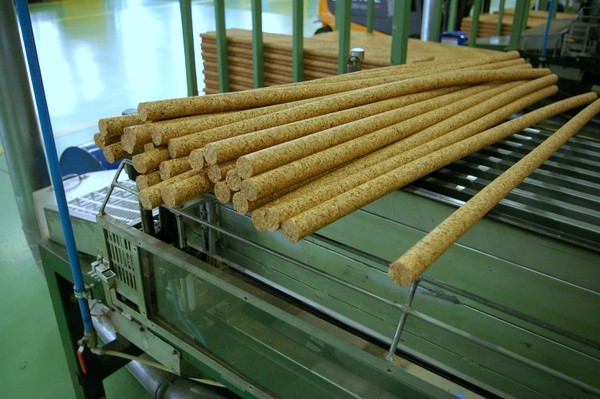
The granules are
combined with polyurethane food-grade glue in an extrusion process,
to make rods of cork.
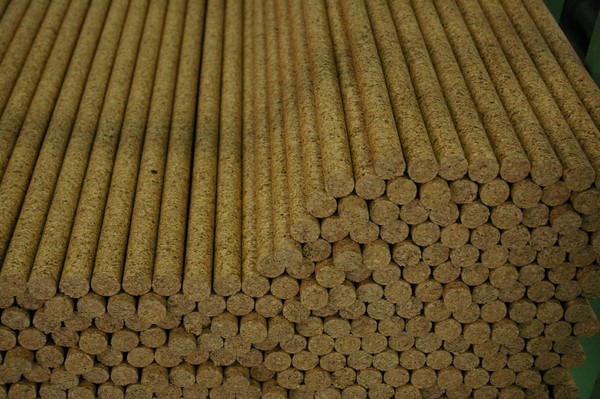
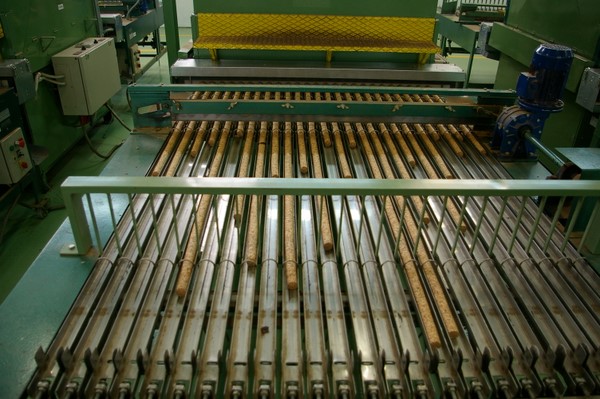
These are then
chopped to size, and a disc of cork is applied to each end.

The Twin Tops are
then sorted visually and optically
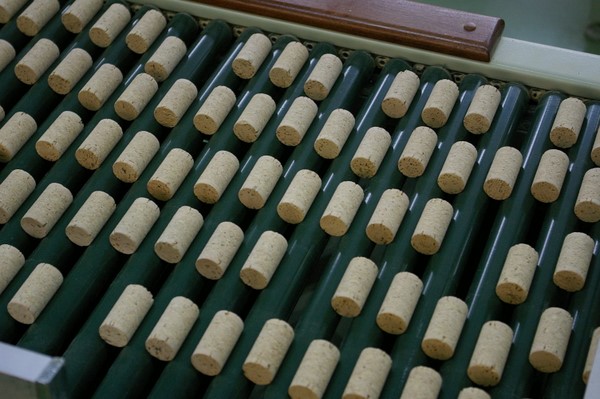
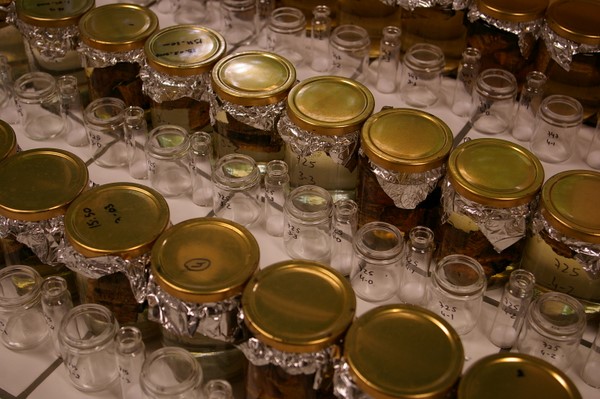
Quality control,
testing cork for any contaminants, is an important step in lowering
rates of taint as much as possible
Back to part 1: how cork is made
Back
to top
|

